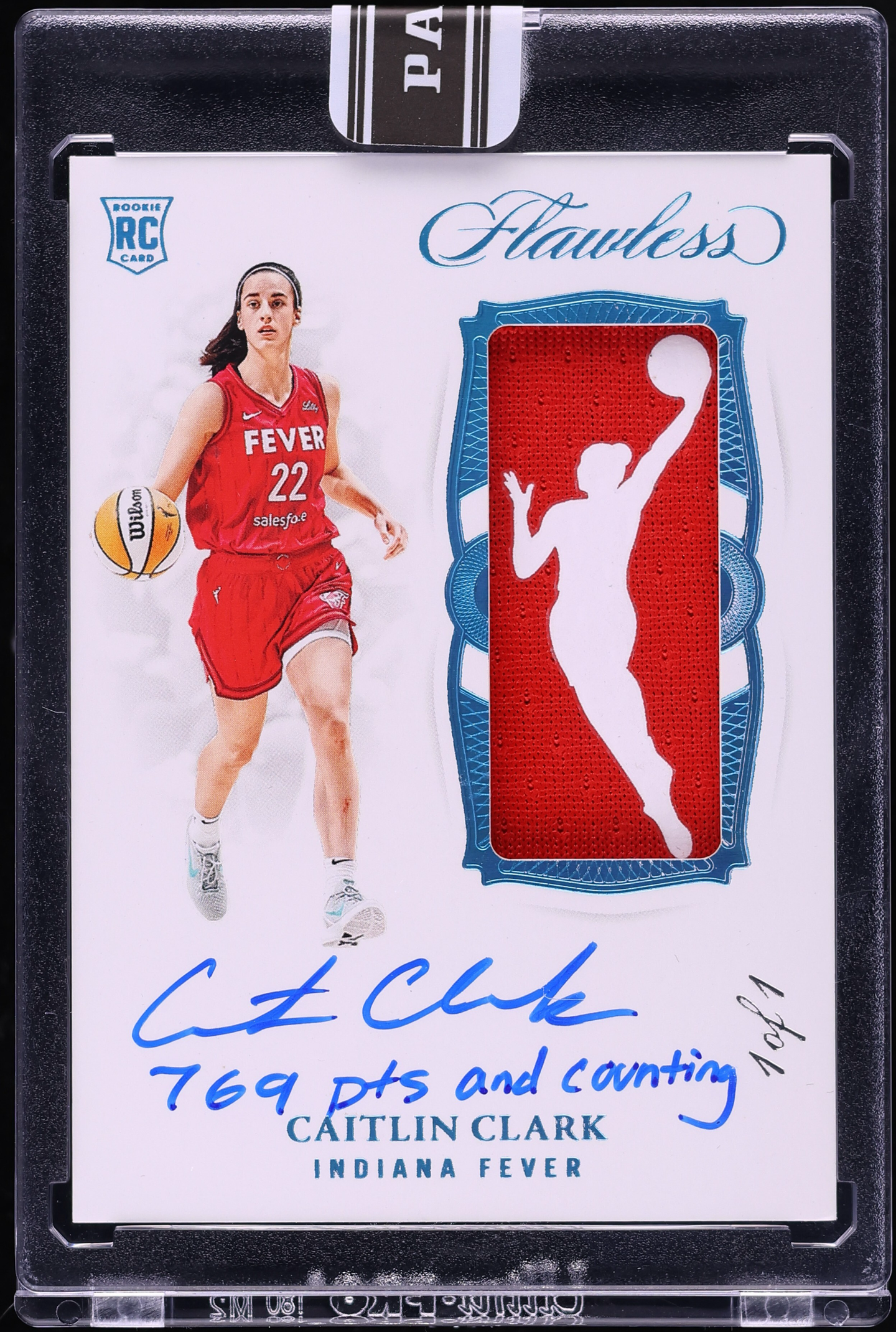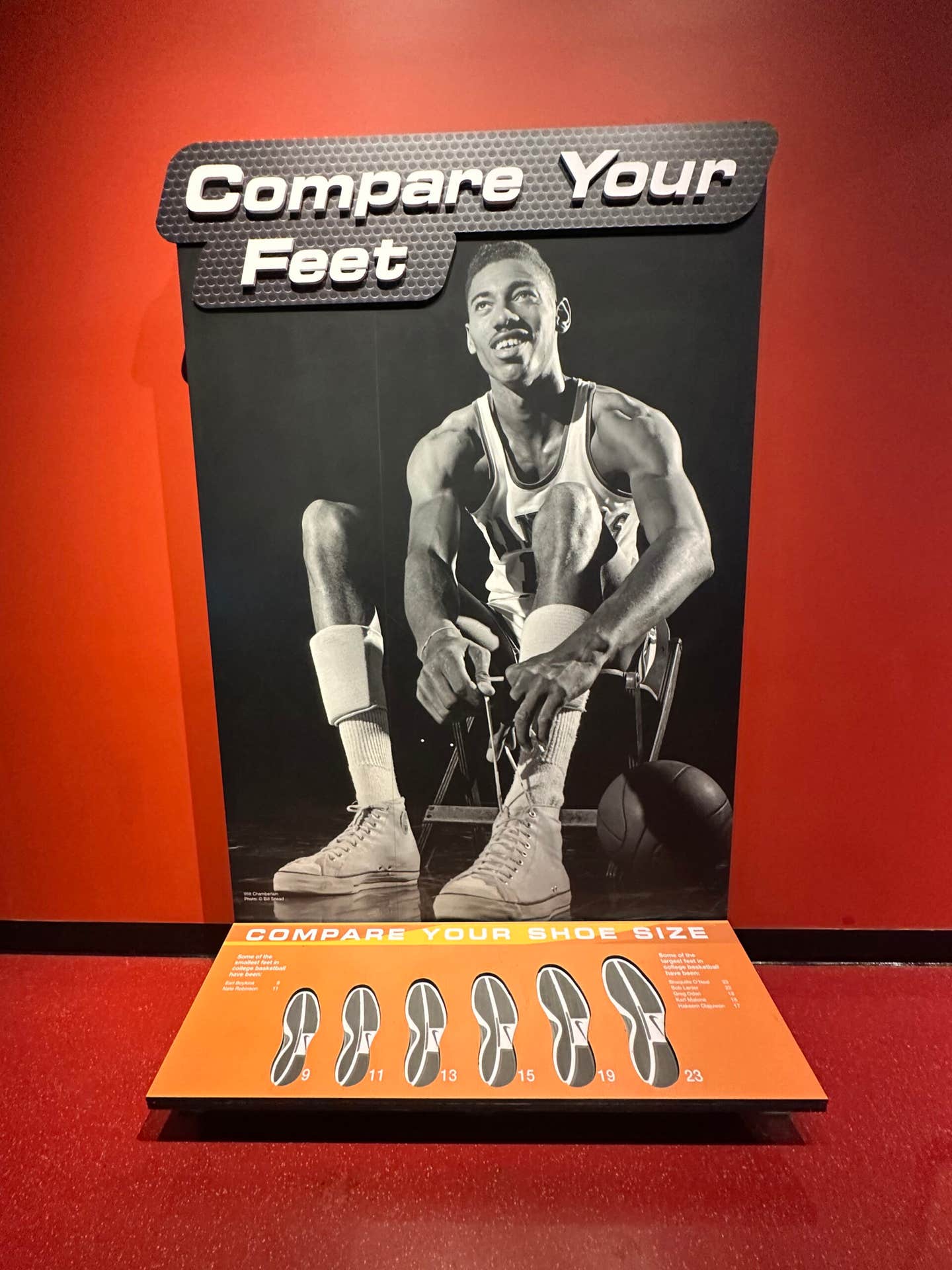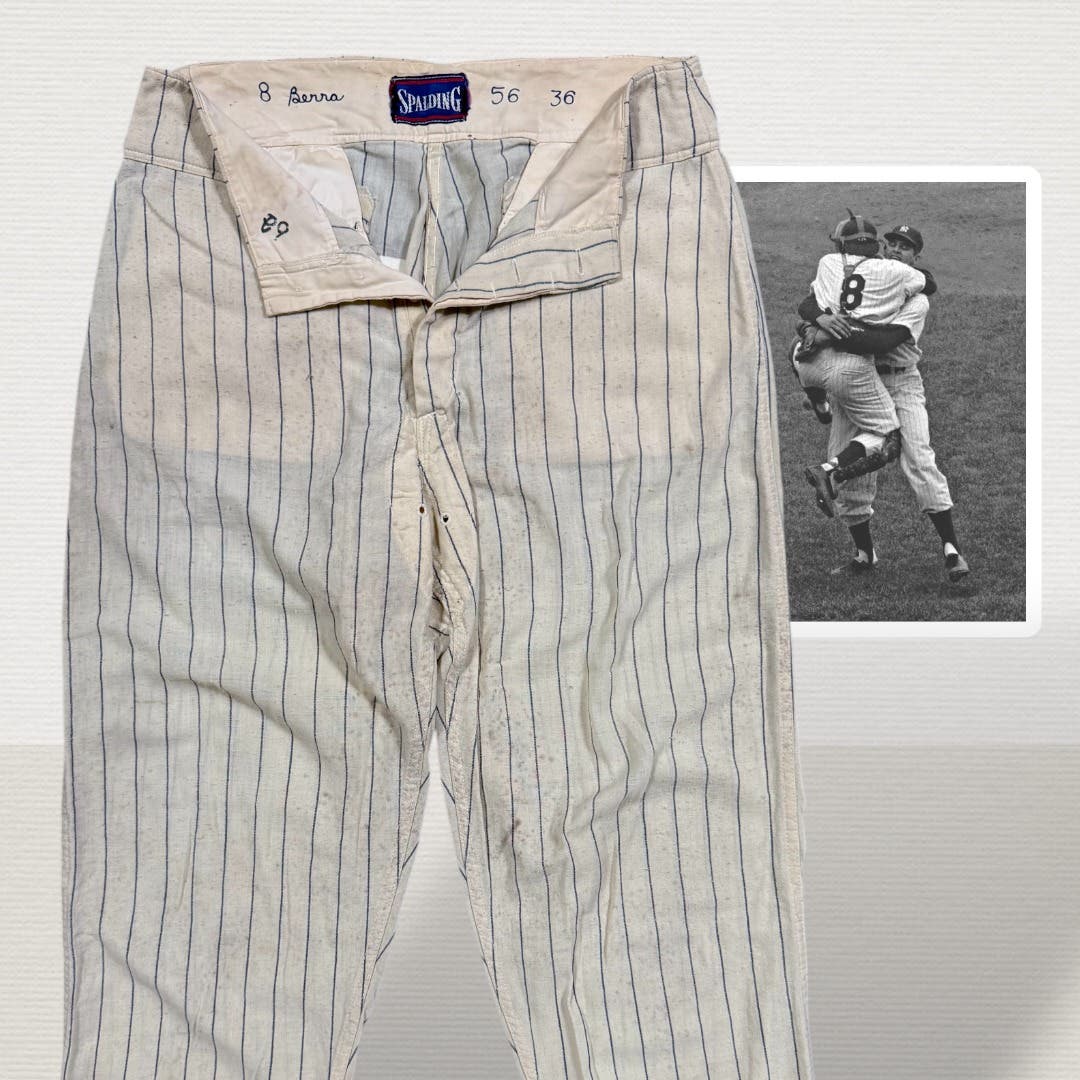Mickey-Mantle
The 1973 7-Eleven Baseball Slurpee cups still hold water
By Doug Koztoski
The 1973 Major League Baseball season began with a few story lines. First, could the Oakland Athletics, with their colorful organization, from the owner to the players and who can forget their day-glo uniforms, repeat as World Series Champions?
Next, might Hank Aaron make any substantial progress toward his pursuit of Babe Ruth’s hallowed career home run record?
But perhaps the biggest question bubbling up at the beginning of the season: In an attempt to add offense, how would the American League, debuting an “experiment,” the designated hitter, a player who hit for the pitcher, go over with players and fans?
As these and other MLB stories unfolded in 1973, many baseball fans took it all in while sipping on the occasional 7-Eleven Slurpee. The 7-Eleven company, celebrating its 90th anniversary this year, had first test-marketed its slushy flavored beverage just a few years before, but by the early to mid-70s the drink had captured the fancy of many people, followers of The National Pastime or not.
In 1972 7-Eleven first marketed Slurpees in sports-themed cups, mainly illustrated in vibrant colors with strong likenesses of MLB and NFL players on the fronts, depending on the season, and brief biographical info and a few stats on the back, 60 cups to a set. A 40-cup NBA Slurpee set also came out for the 1972-73 season.
In 1973 7-Eleven added a bonus to its 60-baseball Slurpee cups scenario. Many collectors likely first heard about the promotion from a radio commercial, one version worth checking out is available on YouTube.com. Some excerpts from that ad:
“(Singing/S): …Tradin’ cups, gonna have a ball, tradin’ cups, gonna get’em all. Oh thank heaven for 7-Eleven’s baseball tradin’ cups. (Announcer/A): Slurp your way back into the pages of baseball history with 7-Eleven’s new tradin’ cup idea: Baseball Hall of Fame stars, twenty of the game’s former greats on baseball tradin’ cups. We have a new batch of today’s superstars, too! So come on down to participatin’ 7-Elevens and slurp yourself a stack of stars! They’re great! (S): …Tradin’ cups we got’em here, tradin’ cups there’s more this year…. Oh thank heaven for 7-Eleven’s baseball tradin’ cups. (A): They’re free, with a 20-cent Slurpee.”
Prices might have varied on either side of that 20-cent mark based on the region, but where I grew up, in suburban Maryland, a 1973 baseball cup and a drink cost a quarter.
About six inches tall with a slightly tapered design, and the capacity to hold around 14 ounces of a near-frozen sugary drink, the plastic 1973 7-Eleven Slurpee baseball cups, like their predecessors, delivered a solid variety. The era’s stars appeared in color; the Hall of Famers had more of a sepia tone to them.
The Cooperstown types boast a lineup including Ruth, Ty Cobb, Lou Gehrig and Lefty Grove.
Mike Mosier of Columbia City Collectibles, who has handled hundreds of early ’70s Slurpee cups, said one Hall of Famer in the lot consistently outsells them all: “Mickey Mantle, and he goes for $15-$20.”
Mosier added that the Hall of Fame cups generate light demand and most, in excellent or better shape, sell for $5-$10.
Meanwhile, the 1973 cups with the players of the period attract more interest than the big names of periods past, the Indiana-based sports memorabilia dealer said. Stars of the time in the set included Aaron, Johnny Bench, Rod Carew, Steve Carlton, Carlton Fisk, Thurman Munson, Jim Palmer and a smiling Tom Seaver (as opposed to his stern expression on his 1972 Slurpee cup. Someone must have said, “Come on, Tom, lighten up, it’s for a Slurpee cup”).
Willie Mays, one of Seaver’s teammates for part of 1972 and all of 1973, Mays’ last MLB season, also appeared in both cup sets, but in 1972 the outfielder was pictured as a San Francisco Giant, the team he started the ’72 season with, and a Met in the next set.
Easily spotting the difference between the two issues revolves around the player’s name and team on the back: flush left in ’72; centered in ’73.
Mosier noted that about four out of five of the vintage Slurpee sports cup enthusiasts hunt for certain stars or teams.
Scott Beatty, meantime, owner of AU Sports Memorabilia, a store just outside Chicago, said generally the cups “appeal to a very distinct corner of the market,” and some collectors still build sets of them.
“If I got one hundred cups in one week I would have none two weeks later,” Beatty said.
Beatty added that the challenge of finding samples of the beverage containers in higher condition continues to grow.
“Many of the cups (on average) that come to us through collections have “a lot of scuffing and color fading,” he said.
He noted that most cups cost $5 or less.
Good to the last drop
As the 1973 MLB regular season drew to a close, Aaron’s pursuit of Ruth’s record gained tremendous momentum and the 39-year-old Atlanta slugger surprisingly posted a 40-homer season, one four-bagger shy of the 714 career mark from the Yankees’ legend, a record Aaron eclipsed early the next year.
Oakland, meanwhile, would go on to win its second straight World Series, in a run of three consecutive crowns for the franchise, led by Reggie Jackson, their outspoken slugging outfielder. Jackson won the 1973 MVP award for his league and in the Fall Classic.
The DH met with mixed reviews in its inaugural season, some baseball purists still debate “the experiment” that never ended.
Pitcher Nolan Ryan seemed to overcome the new DH with relative ease in ’73. The fire-balling California Angels’ pitcher tossed two no-hitters that year, a rare feat, especially when no pitchers batted and they generally represented easy outs, often striking out.
And then there was the season record for strikeouts by a pitcher, set in 1965 by Sandy Koufax, who whiffed 382 batters.
In late September 1973 Ryan entered his last start of the season needing 16 strikeouts against Minnesota to break Koufax’s record, an unrealistic single game total to expect from a pitcher at any point, much less near a season’s end. Even so, The Ryan Express, known for his stamina when he was in a groove, persevered until the 11th-inning to set the mark. Perhaps Ryan toasted to the new record, 383 strikeouts, with a drink from one of his ’73 7-Eleven cups, among the most sought after in the issue.
Whether in the 1970s or today, like Slurpees themselves, quickly ingesting Ryan’s no-hitters and his season finale exploits in ’73 can give one a momentary “brain-freeze.” So, instead, take your time and enjoy.
Doug Koztoski is a frequent contributor to Sports Collectors Digest. He welcomes comments and questions related to this article at dkoz3000@gmail.com








